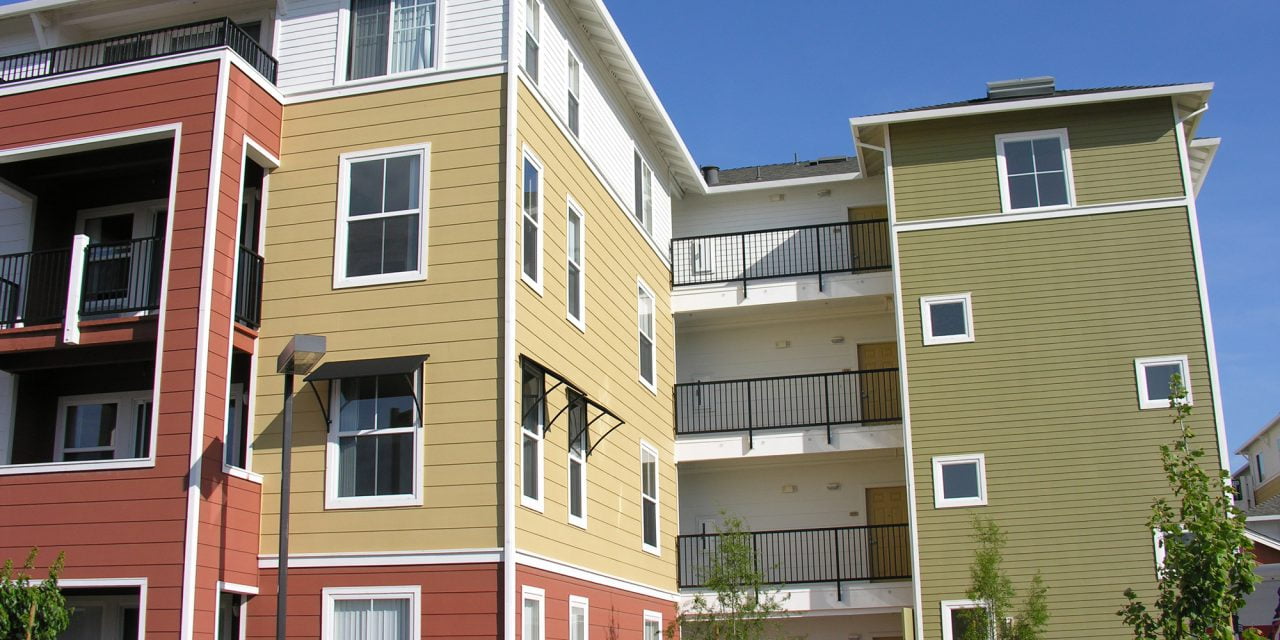Is a bubble forming in the rental property market?
- Yes (58%, 120 Votes)
- No (42%, 86 Votes)
Total Voters: 206
As demand for rental properties increases due to falling homeownership rates and the foreclosure waves that are still washing over real estate markets, Fannie Mae and Freddie Mac (Frannie) are using this trend to their financial advantage.
Although known primarily for packaging and selling-off tranches of single family residence (SFR) mortgage-backed bonds (MBBs) to Wall Street, Frannie is now involved in structuring similar securities based on rental properties. The move towards rental property MBBs has allowed Frannie to sell these highly desirable government-backed loans thereby pumping money back into real estate markets.
Frannie sold $13.5 billion dollars worth of securities tied to rental properties in Q1 of 2012, which represents a staggering 81% increase from the same period one year earlier. Held up to a useful measuring stick for just how significant this increase is, Frannie sold a scant $5.2 billion worth of rental property MBB securities in all of 2008.
Landlords and investors are benefiting greatly from reduced loan costs on rental properties, which has led to a boomlet in multifamily unit sales nationwide. Sales of multifamily units in January 2012 came in at $3.8 billion dollars, placing multifamily residential properties at the top of the heap among all types of commercial real estate thus far. Investment goes where the cash flows, and right now Frannie and their old pals on Wall Street are making it happen in the income property market.
first tuesday take
And thus the cycle continues.
Related article:
Packaging and selling rental property MBB securities seems like a great idea for Frannie. It does, after all, do everything they say it does: cleans up Frannie’s balance sheets, generates low cost loans for investors and builders of multifamily residences and ultimately serves to satisfy the current demand for government-guaranteed loans that Wall Street seems to have no problem churning over right now.
Therein lies the rub — while this setup seems to be a win-win for Frannie and for the real estate market, we mustn’t forget the indispensible middle-man that always wins the most: Wall Street. Investors’ perception of a boom in multifamily housing is first being fueled by Frannie, then by their friends on Wall Street. And we all know how adept Wall Streeters are at “satisfying market demand” for financial products backed by government (read: taxpayer) guarantees.
Let us call this what it is: bubble fueling. When a bubble forms in multifamily housing developments, there is always a tipping point where some builders (or many) are left with a glut of over-supply once the bubble bursts (which it always does).
Market indicators do reveal a genuine need for more affordable housing in the multifamily sector. Rentals are, to an extent, the wave of the future that we have written on extensively. But the market balance is delicate; SFR sales are picking up, foreclosures are abating, although at a snail’s pace, and interest rates are still essentially zero.
article:
What we need in the multifamily market is balance: just enough supply to satisfy demand without overshooting the goal post. With the numbers that Frannie is reporting right now, well, we will just have to wait and see as it is too early to figure the duration.
re: “Multifamily Bonds Surging to Record U.S. As CMBS Fade: Mortgages” from Bloomberg News


















A nation of middle class home owners is quickly becoming a country of renters. The gift that keeps on giving is the Due On Sale Clause. The moment this becomes clear to a few politicians, it will be repealed, as it should. And when that happens, most apartment house owners, the REITs included, will go bust in an instant.
The Due on sale clause is a catastrophe. It protects no one while it keeps millions who would buy a house and conduct their lives as proud homeowners – in the renter class. The foreclosure crisis will continue for many years with terrible consequences for the economy, yet it can be ended with one simple, natural law.
What makes a mortgage a mortgage is that the lender’s primary remedy on default is the asset itself. Not the borrower. It should not matter one bit – as it did not until the 80’s – that the signer on the note and deed of trust sold the house: most states have anti-deficiency laws anyway, and even where they don’t exist the banks go after deficiency extremely rarely, so that argument is empty – then what does the DOS protect? Who does it protect? The legal issues that currently complicate the foreclosure process in some states could be very easily remedied.
Rescind the DOS clause and this country will experience a solid economic long lasting boom – to the detriment of many apartment owners. Rents would drop dramatically and vacancies would explode. The hedge funds with billions set aside to buy SFRs in bulk and fill them with foreclosedniks and other fate outcasts would have to look somewhere else to invest – like lawn fertilizer. Frannie will have to stay with home financing. And in fact they and FHA should be the first to rescind the DOS clause! NOW! RIGHT NOW! If the prez wants to be reelected, all he needs to do is put this at the top of his to do list.
The recession stalled household formation. Millions of people doubled up as fewer new households than expected were formed from 2007 to 2009 according to the National Association of Home Builders.
USA population growth is about 3,000,000 per year. The housing market needs 1,500,000 new homes to meet this need. Builders have been wounded in the recession and have not kept up with this demand. Rents are going up and REITs have been one of the bright spots on Wall St. this last year.
Rents will go up as demand for housing goes up due to lack of supply. As rents go up so does the capitalization rate (Income = Rate x value) and someday as a result it will be profitable to build SFR units again. Most people prefer a home to an apartment when given a choice.
Banks are holding back on new construction loans because they don’t know what true Fair market Value (FMV) is . They understand NOI.
Builders are expected to ramp up construction for SFRs in mid 2013 or 2014, so hang on, get in now, and enjoy the ride as demographics will push rents higher.
This problem started several years ago, and was perfectly clear to those of us on the ground and in the trenches that a bubble was forming. Investors however, are always guided by greed, without ever looking at the big picture. That, fact, unfortunately, will never change. If and when the housing market does turn around, (only when Jobs are created), The vacancy rate will skyrocket, and the bubble will burst.